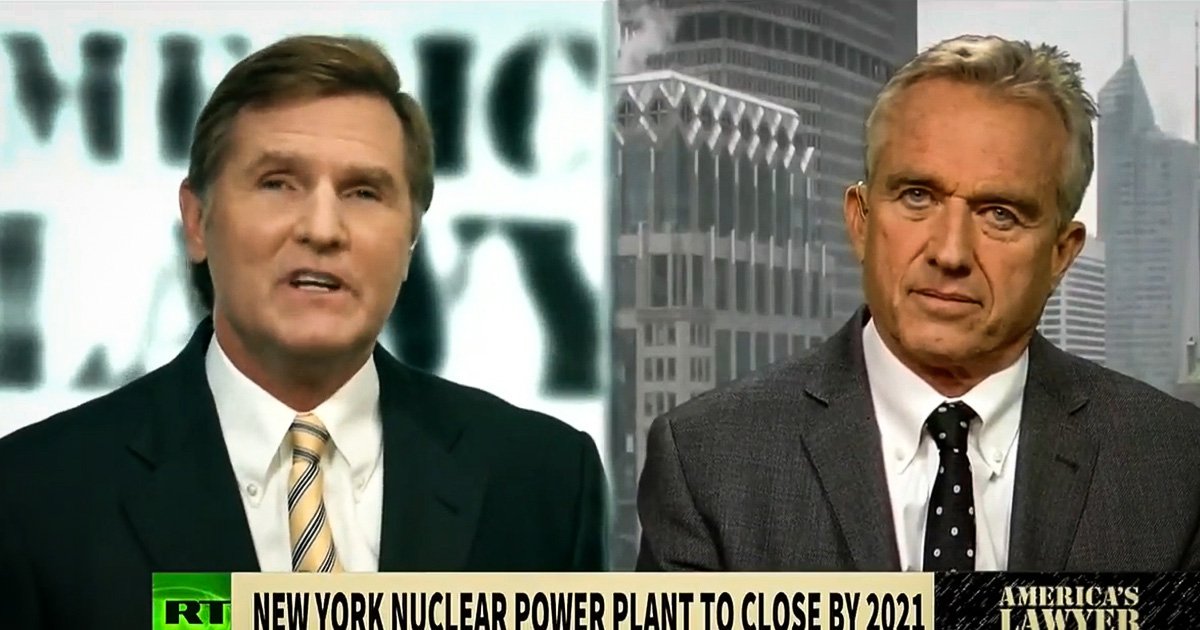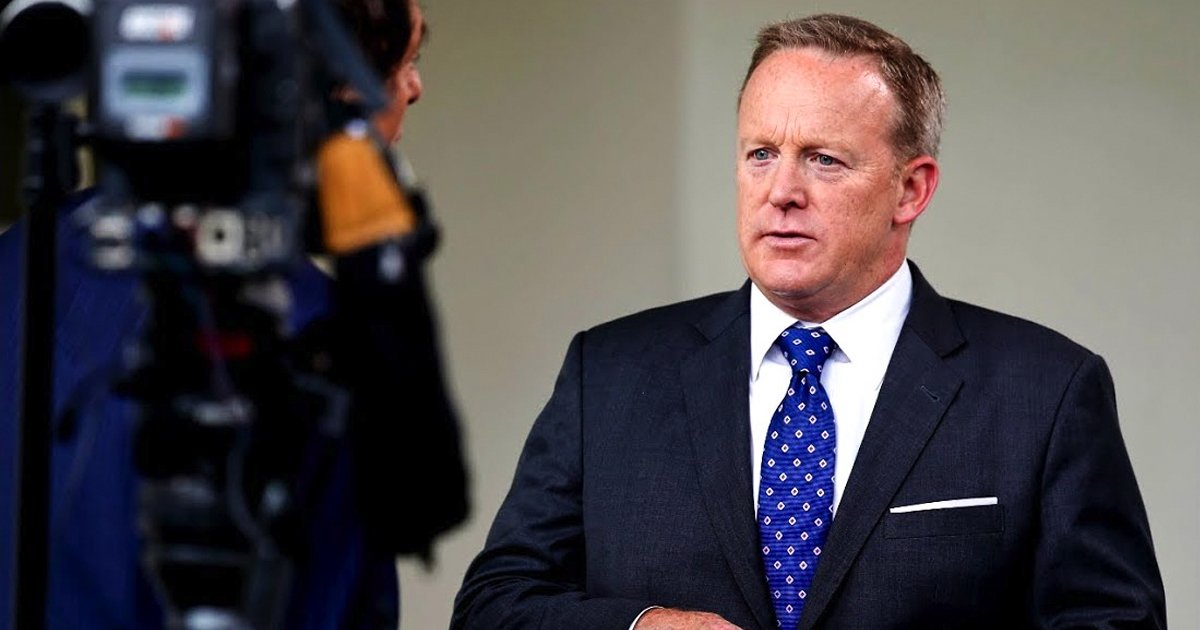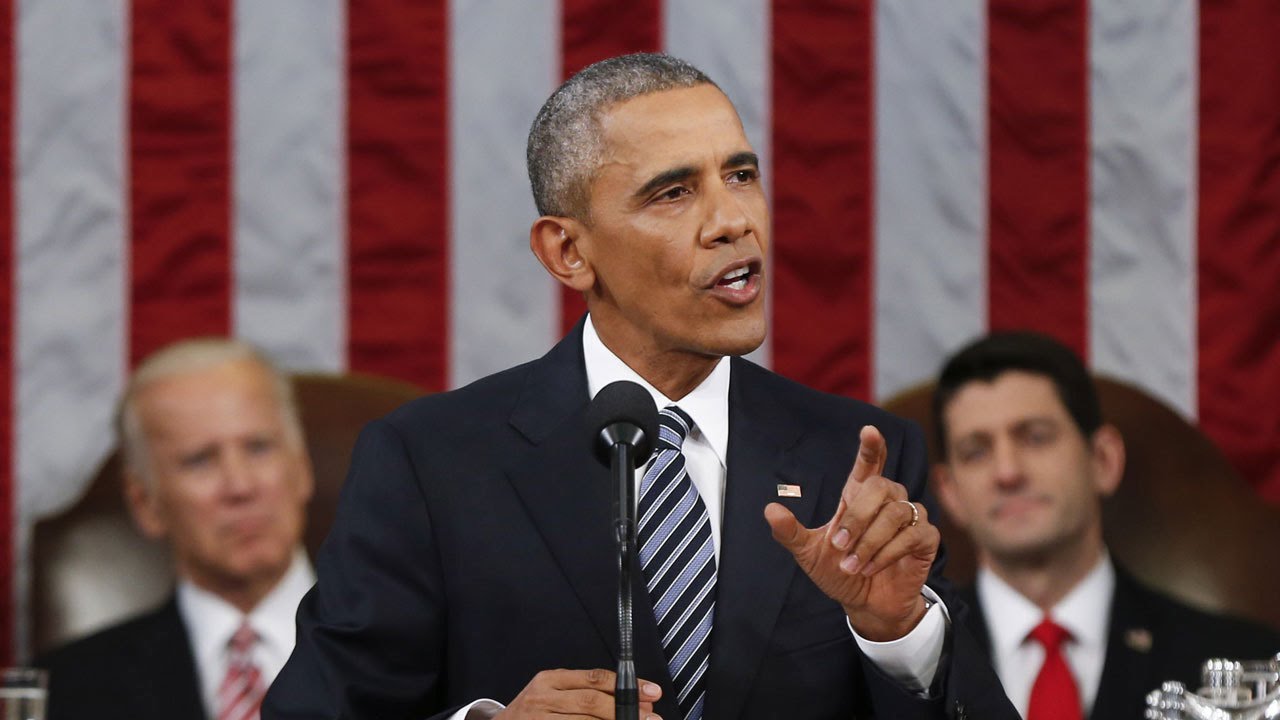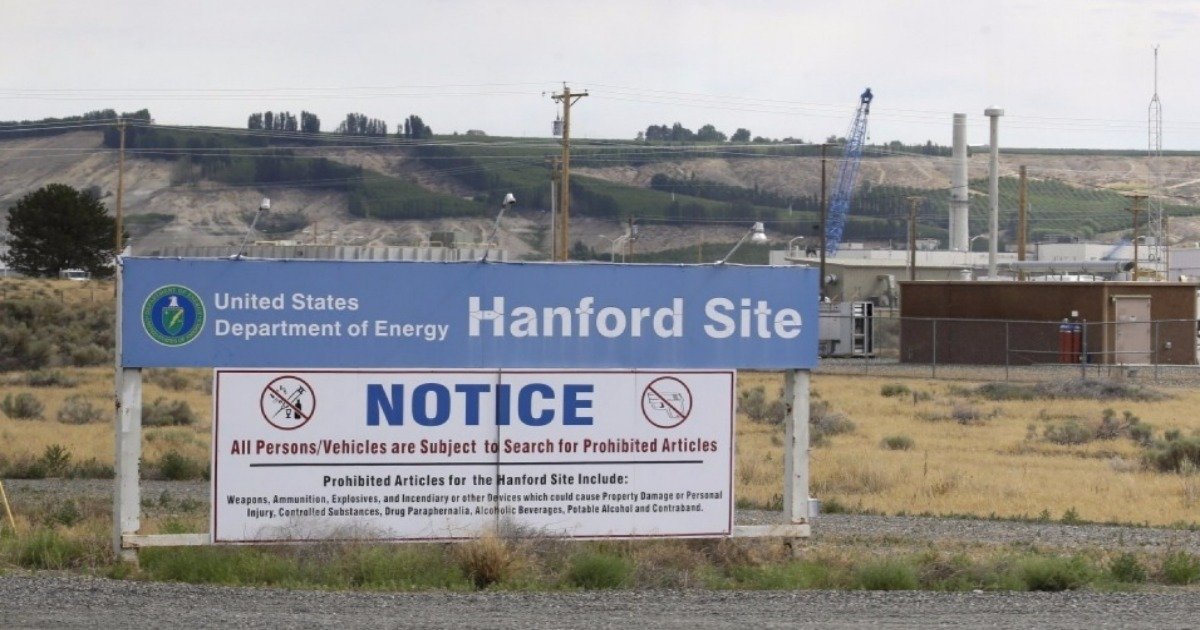Via America’s Lawyer: Mike Papantonio speaks to senior attorney and president for the Waterkeeper Alliance, Robert F. Kennedy Jr., about the decision to shut down the troubled Indian Point nuclear power plant by 2021.
Transcript of the above video:
Mike Papantonio:
For years, environmentalists have been fighting to shut down the Indian Point nuclear plant, and this year, they finally got their wish. The plant, which opened more than 40 years ago and is located only 28 miles from New York City, has had dozens of sketchy safety events since 2012 from bird droppings landing on electrical equipment and triggering a shut down to the discovery of damage and missing bolts holding together the interior of one of the plant’s reactors. But earlier this year, New York Governor Andrew Cuomo announced that the state had come to an agreement with the operating company to close the plant facility by 2021.
Joining now to talk about this long-fought battle, the guy who fought the battle, Robert F. Kennedy, attorney and President of Waterkeeper Alliance. Bobby, why have the environmentalists like yourself been so concerned about this plant for so long? What’s been your major concern here?
Robert K. :
Mike, it was an environmental … From the beginning of the Riverkeeper movement actually, it was just an environmental catastrophe on the Hudson. It was killing a billion fish a year. It was sucking out a million gallons a minute of Hudson River freshwater into its intake screens and just massacring the fish population of the Hudson River. It caused many of the species to crash at one plant. More importantly, it posed a really existential threat to the entire region. The plant is only 22 miles north of Midtown Manhattan. Every bit of spent fuel, all of the rods that have ever been used in the plant since it was opened almost 50 years ago are still on-site, and they’re packed … They were never intended to be left on-site, and they’re packed denser and denser in these very small spent fuel poles, which are not fortified. They have the structural integrity of a Kmart-
Mike Papantonio:
What happens if something goes wrong? Are we able to go after them?
Robert K. :
No.
Mike Papantonio:
If you have a catastrophe, who pays for that catastrophe?
Robert K. :
No. In fact, the nuclear industry was-
Mike Papantonio:
What happens there, Bobby?
Robert K. :
First of all, the catastrophe would be horrendous. If those spent fuel poles caught on fire, if the water dropped, the zirconium coatings of the spent fuel rods would combust essentially spontaneously. It would all burn. You would release, according to the Princeton study, 37 times the amount of radiation that was released at Chernobyl. Around Chernobyl there’s 100 miles that are permanently uninhabitable. I would include the workplaces, homes of 20 million Americans including the Financial District in New York City. There’s no evacuation plan. The whole thing is … And it’s sitting on two of the biggest earthquake faults in the northeast.
You asked the question who would pay for it. The nuclear industry was able to use its clout with Congress to pass the Price-Anderson Act, which limits the liability to those companies for nuclear accidents. So they have a very, very small cap on liability. If you go home, Pap, and look at your homeowner insurance policy, every policy in the country, it says “This policy doesn’t insure you against acts or attack on a nuclear power plant because of radiation contamination to your home.” So you are liable. You’re self-insured for that. This is the only industry that has been able to externalize its costs.
Many people say to me, “Isn’t nuclear power’s” … If I say “Listen, I’m for nuclear power if they ever make it safe and if they ever make it competitive.” Right now, it’s 10 times the cost of solar or wind. “What about safe? Isn’t it safe?” The final arbiter of safety is the insurance industry. The insurance industry has said to nuclear power, “You are too dangerous for us to insure. We cannot insure you.” So they had to go to Congress and get a special law written in the middle of the night in a sleazy legislative maneuver that just exonerates them from the cost of their bad behavior.
Mike Papantonio:
Why did it take so long for there to be a reaction? Why did it take so long for government to take action knowing how dangerous the potentiality of this is? What was the hold up here?
Robert K. :
As you know, Pap, these industries, they own Congress. The power incumbents, the nuclear industry, the coal industry, the oil and gas, and pharmaceutical industry, we have a Congress that is working for those industries rather than the American people. This facility should have never been built. Once it was built and we figured out how dangerous it was … Lamont-Doherty laboratory at Columbia University said that this was the most dangerous nuclear power plant in the country. They said it’s highly likely that we will have a 7.0 quake on that site. You know what the Nuclear Regulatory Commission said to that? “Don’t worry. We’re prepared for a 6.1 quake.” That was their only response. They said, “We’re not even going to look at it.”
Mike Papantonio:
Let me move to another topic. The union representing the workers at Indian Point criticized the deal saying there’s no infrastructure in place to provide clean, zero emission energy to New York, and there won’t be by 2021, and therefore, this is risky to New York and the surrounding area. We’ve heard that argument over and over again. Every time the industry wants to say “Well, you really need us,” we hear this argument. What’s your response to it?
Robert K. :
I like the fact that people are making that argument, and I think it’s important that we build as much and incentivize as much zero emission energy generation as possible. The fact is right now with Indian Point, we’re going to lose 2,000 megawatts. There are already 6,600 megawatts of clean, green wind and solar either being in the final planning stages, or under current construction, or already built in New York state. We just built two years ago at 79th Street, a brand new power line across the Hudson River, 660 megawatts. That can carry all of this huge surplus of green energy from New Jersey from the whole PMJ grid, Pennsylvania, Maryland, Jersey, 13-state grid, which has an abundance of clean energy. If we wanted to, we could power all of New York from that energy. In addition to that, there are-
Mike Papantonio:
Bobby, I’ve got about 30 seconds.
Robert K. :
There’s a lot of other sources of energy.
Mike Papantonio:
I’ve got about 30 seconds. There’s also this major issue with spent fuel being stored in storage pools. What’s the plan to deal with that nuclear waste? I got about 30 seconds on this.
Robert K. :
Pap, the plan is that there is no plan. The plan is that the likelihood is it’s going to be permanently stored at Indian Point. The federal government is never going to open a repository because … And it’s so unsafe to transport this stuff. So they’re probably going to have to dry cast it. Take it out of the water where it’s really dangerous right now, put it in dry cast, fortify the dry cast, and permanently store it there. And that beautiful section of Hudson River Park is going to be permanently off-limits to the public.
Mike Papantonio:
Bobby, thanks for being out there. Thanks for another successful fight. This fight is not over, as I’m sure you’re aware.





